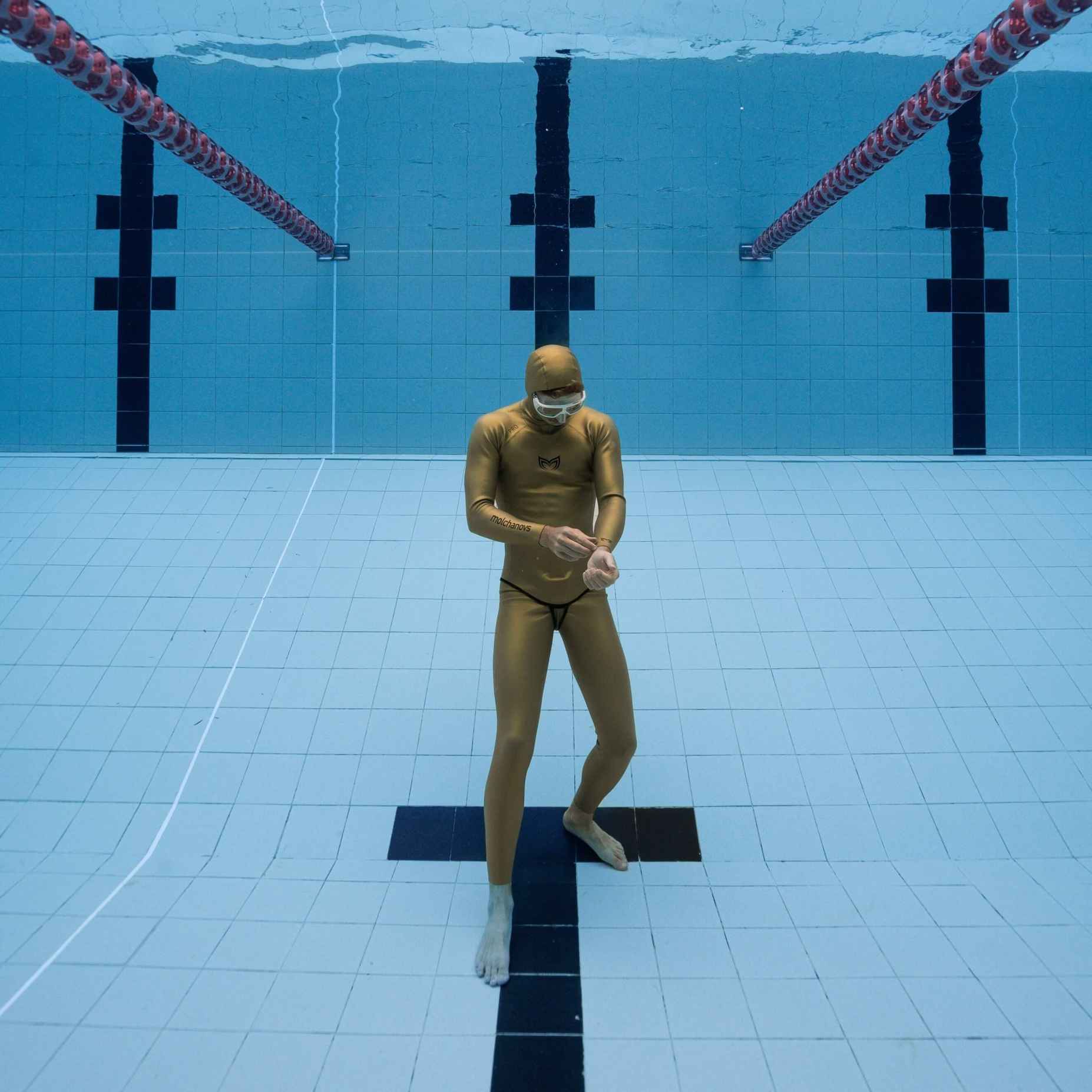5 Ways to Prepare for your Intermediate Freediving Course

By Kristina Zvaritch
The time has come! You’re a certified Lap/Wave 1 freediver (or equivalent from another agency) and ready to continue your freediving journey to become a Lap/Wave 2 student. You want to increase your chances of success and make sure you can absorb all of the new information, but you aren’t sure how to do it. Doing training sessions between courses with an instructor definitely helps - but not everyone has access to an instructor, a training buddy, or even open water. So how can you prepare for the Lap/Wave 2 course on your own?
Before your Lap/Wave 2 freediving course, there are five specific things you can work on to prepare yourself and improve your likelihood of success. You can work on breathing techniques (3-section breathing control, visualization, and lung exercises), CO₂ tolerance, mobility, equalization, and dry exercises for technique. Luckily, Canadian National Record Holder and Molchanovs W4IT Matthieu Duvault covers all of these topics in his Base Training + program: Intermediate Freediving Preparation.

The time has come! You’re a certified Lap/Wave 1 freediver (or equivalent from another agency) and ready to continue your freediving journey to become a Lap/Wave 2 student. You want to increase your chances of success and make sure you can absorb all of the new information, but you aren’t sure how to do it. Doing training sessions between courses with an instructor definitely helps - but not everyone has access to an instructor, a training buddy, or even open water. So how can you prepare for the Lap/Wave 2 course on your own?
Before your Lap/Wave 2 freediving course, there are five specific things you can work on to prepare yourself and improve your likelihood of success. You can work on breathing techniques (3-section breathing control, visualization, and lung exercises), CO₂ tolerance, mobility, equalization, and dry exercises for technique. Luckily, Canadian National Record Holder and Molchanovs W4IT Matthieu Duvault covers all of these topics in his Base Training + program: Intermediate Freediving Preparation.
Breathing techniques
While freediving is all about the art of holding your breath, proper breathing techniques will make your breath-holds more effective! You can work on 3-section breathing (belly, upper abdominals, and chest), learn about and understand how to perform visualizations of your dives, and work on full lung and empty lung stretches. All these exercises can be completed in the dry, on your own time, and at your own pace with Intermediate Freediving Preparation, and they will have a BIG impact on your freediving!CO₂ Tolerance
As annoying as the effects of CO₂ build-up and contractions are on your dives, they are entirely natural! To stop letting CO₂ keep you from longer dives, you must have a better understanding of the urge to breathe and learn to control it without discomfort. Building CO₂ tolerance is a never-ending adventure, and Matt’s guided static can help you overcome those fears and perceived limitations.Mobility
Mobility is essential for freediving - luckily, it must be worked on in the dry and doesn’t require a buddy! In freediving, you need a lot of shoulder mobility for the arrow position and no-fins dives, along with ankle, hip, spine, and pelvis mobility for bifin and monofin technique. Stretches and exercises need to be approached in a slow and progressive manner to avoid injuries, which is something Matt focuses on in his program.





Leave a comment